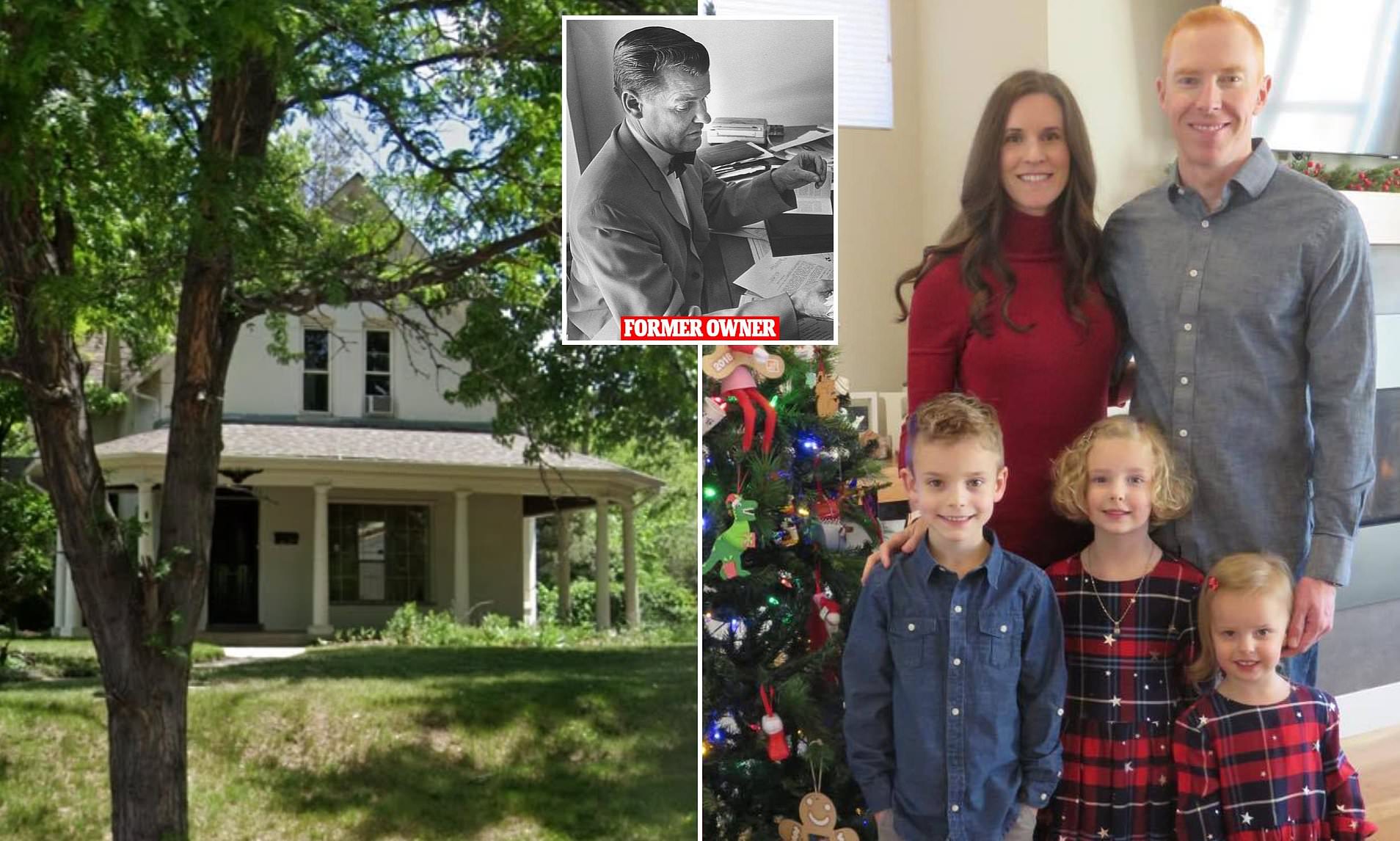A Historic Home in Colorado Faces a Battle for Survival
A couple from Colorado, Tony and Robin Kohake, who purchased a historic $2.6 million home with the intention of transforming it into their dream family oasis, are now involved in a heated dispute with local residents who are determined to prevent the house from being demolished.
In February, the couple acquired a 135-year-old home located at 800 S. Franklin St., which is situated directly across from Denver’s iconic Washington Park. The two-story property was bought at a premium, as reported by local media.
Just three months after the purchase, the couple submitted an application for a demolition permit, aiming to replace the old structure with a custom-designed home for their four children on the 11,600-square-foot lot. This decision has sparked a strong reaction from the local community, who are fighting to preserve the historic home.
Residents argue that the house holds significant historical value due to its rare construction, its role in the early development of the area, and its connection to a notorious judge from the 1950s to the 1970s. If the home is designated as a city landmark, it would be protected from demolition, which could result in the family losing over a million dollars.
“We are still a bit shocked individuals can landmark designate someone else’s property against their consent with almost no skin in the game,” Tony said, expressing his frustration with the process.
The conflict over the home is not new. In 2021, the previous owner, Aaron Grant, applied for permission to demolish the 1,350-square-foot house. However, a group of residents opposed the move, urging the city to designate the home as a landmark. A mediator facilitated a compromise, allowing Grant to withdraw his demolition application while the residents agreed not to pursue landmark status. The house remained standing, but it was left empty for years until it was sold to the Kohake family.
The Kohakes were not interested in the home itself but rather the land it occupied and the potential it offered. Tony, an engineering manager in the oil and gas industry, and Robin, a stay-at-home mom, described the home as being in poor condition, with issues such as dry rot, a damaged chimney, and cracks in the foundation. They believed the property would be better suited for a new home, specifically an England-inspired architectural design.
Their vision included a Tudor-style home that would complement the neighborhood. They applied for a demolition permit in May, but just a month later, two community groups, consisting of 24 individuals, contacted the city again, seeking to revive efforts to landmark the property.
The groups cited three main reasons for their request: the architectural significance of the home as a rare example of Queen Anne Free Classic-style design, its age linking it to the early development of the Colorado neighborhood, and its association with William Burnett, a former judge who lived there. Additionally, the home’s prominent location across from one of Denver’s most visited parks was highlighted as a key factor.
Tony mentioned that the family is open to temporarily putting the property on the market in hopes that someone will buy and restore it. However, the current value of the property lies in the land, not the aging house. If the structure must remain, the family could lose millions of dollars.
Robin shared that the ongoing debate is adding to the stress of juggling plans to build a new home while still paying for both the historic property and their current residence. “Now this is delaying it by months and months,” she said.
The Kohakes and preservationists are currently in mediation, a process mandated by Denver for disputes like this. A possible compromise could involve offering the house for sale to anyone willing to preserve and restore it. If no one takes the offer, it may make it easier for the family to proceed with their original demolition plans.







